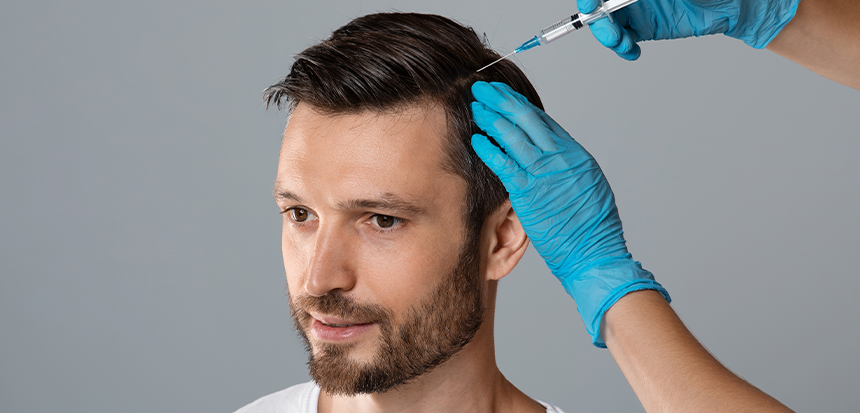
PRP (Platelet-Rich Plasma) refers to enriched plasma obtained from an individual's own blood. In this procedure, a small amount of the patient's blood is drawn and processed in a laboratory to concentrate platelets, which are essential for blood clotting and supporting the healing process.
PRP is commonly used for various health issues such as hair loss, skin rejuvenation, joint pain, and tendon injuries. It can be performed on individuals who meet specific criteria and have suitable health conditions. However, it may not be suitable for everyone, so individuals considering PRP should be evaluated by their doctors.
The PRP procedure is carried out in the following steps:
PRP is generally considered a low-risk procedure since it uses the patient's own blood. Rarely, there might be some side effects such as infection, vascular damage, or tissue reactions. However, when performed by a skilled and experienced healthcare professional, the risk level is minimal.